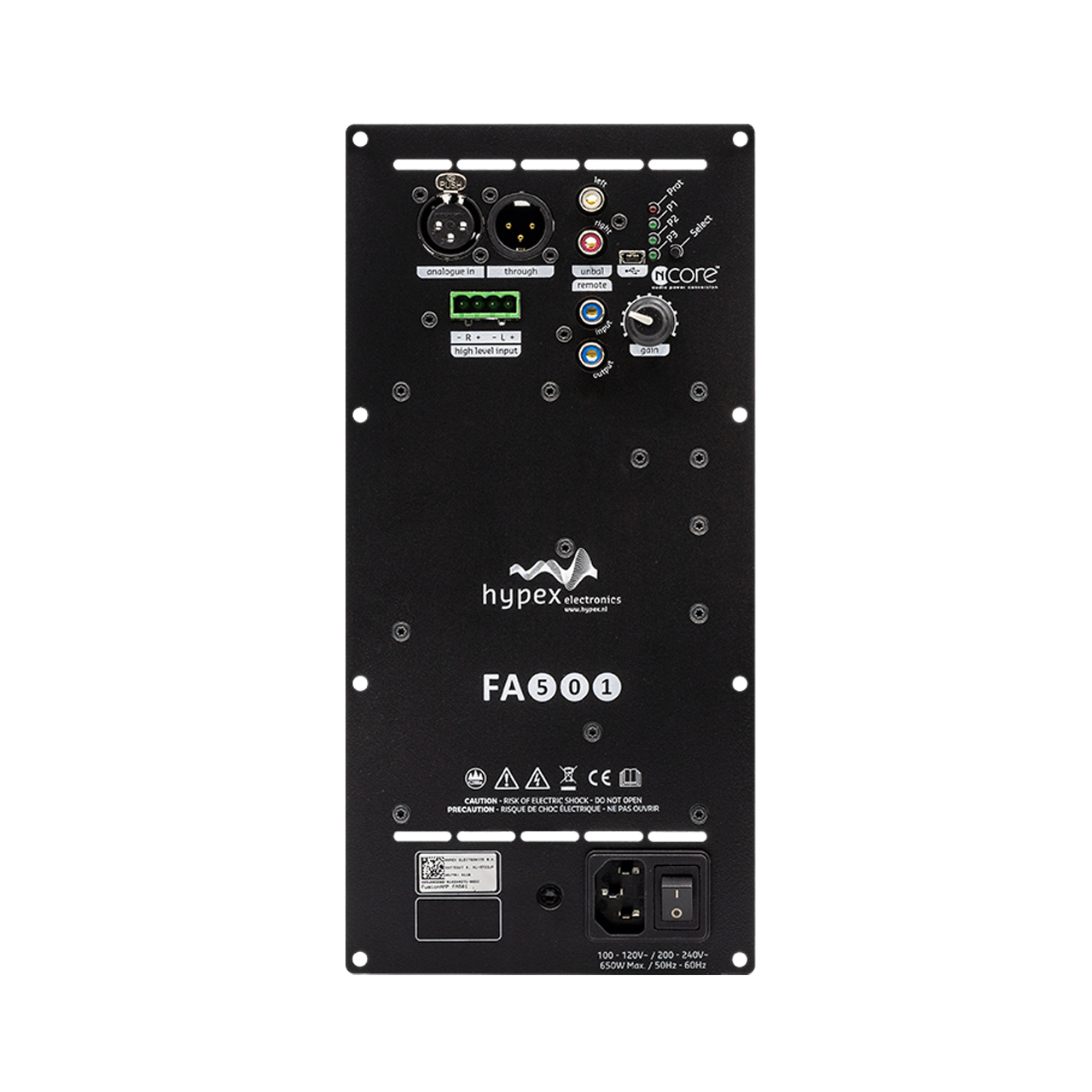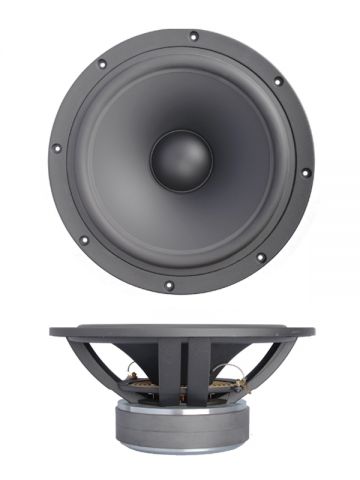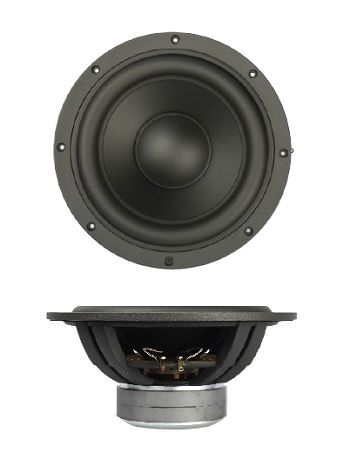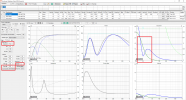concorde1
Senior Member
- Joined
- Mar 15, 2021
- Messages
- 366
- Likes
- 278
I want to build 2 subwoofers with these drivers: ScanSpeak Revelator 13" 32W/4878T00.
Commercial subwoofers are over double the price here than in say the USA.
So I think it would be cheaper for me to make them. I have the time and I have done some DIY (my power amp) before.
• 1x driver per box
• I want to use solid wood - not HDF+veneer
• As I will use a MiniDSP Flex, I don't think I need extra DSP?
• If I used a 1-channel external amp, with the power splitting to the 2 subs, I'd lose the individual DSP's for each sub. So I think plate amps are the answer
My room dimensions: 13 ft * 15 ft * 11 ft (l*w*h) - or ~2200 ft³
--
Questions:
1. Ported vs Passive Radiator in terms of complexity of design?
2. What would be a suitable Passive Radiator model for this driver?
3. Would Hypex FA501 be a suitable plate amp?

 www.hypex.nl
www.hypex.nl
--
I have WinISD with the ScanSpeak Driver parameters entered ready.
Side note: A Passive Radiator should be able to displace double the volume of air that the driver can, according to https://www.youtube.com/live/-gIN7QjRuGE?si=HM_J4f2Kd9M2RuaC (a bit after 37:40)
This ScanSpeak driver has effective diameter 260mm and Xmax 14mm.
Commercial subwoofers are over double the price here than in say the USA.
So I think it would be cheaper for me to make them. I have the time and I have done some DIY (my power amp) before.
• 1x driver per box
• I want to use solid wood - not HDF+veneer
• As I will use a MiniDSP Flex, I don't think I need extra DSP?
• If I used a 1-channel external amp, with the power splitting to the 2 subs, I'd lose the individual DSP's for each sub. So I think plate amps are the answer
My room dimensions: 13 ft * 15 ft * 11 ft (l*w*h) - or ~2200 ft³
--
Questions:
1. Ported vs Passive Radiator in terms of complexity of design?
2. What would be a suitable Passive Radiator model for this driver?
3. Would Hypex FA501 be a suitable plate amp?

Hypex FusionAmp FA501 with on-board SMPS and DSP
The Hypex FA501 is a 500 Wrms Ncore® amplifier suitable for active subwoofers or a one-way monitor. Output power: 4Ω: 1x 500W, 8Ω: 1 x 270W
--
I have WinISD with the ScanSpeak Driver parameters entered ready.
Side note: A Passive Radiator should be able to displace double the volume of air that the driver can, according to https://www.youtube.com/live/-gIN7QjRuGE?si=HM_J4f2Kd9M2RuaC (a bit after 37:40)
This ScanSpeak driver has effective diameter 260mm and Xmax 14mm.




